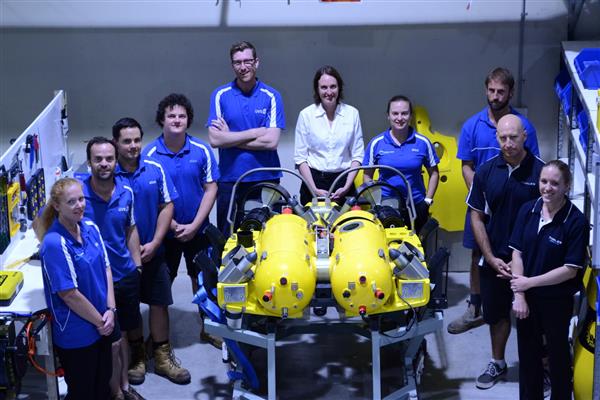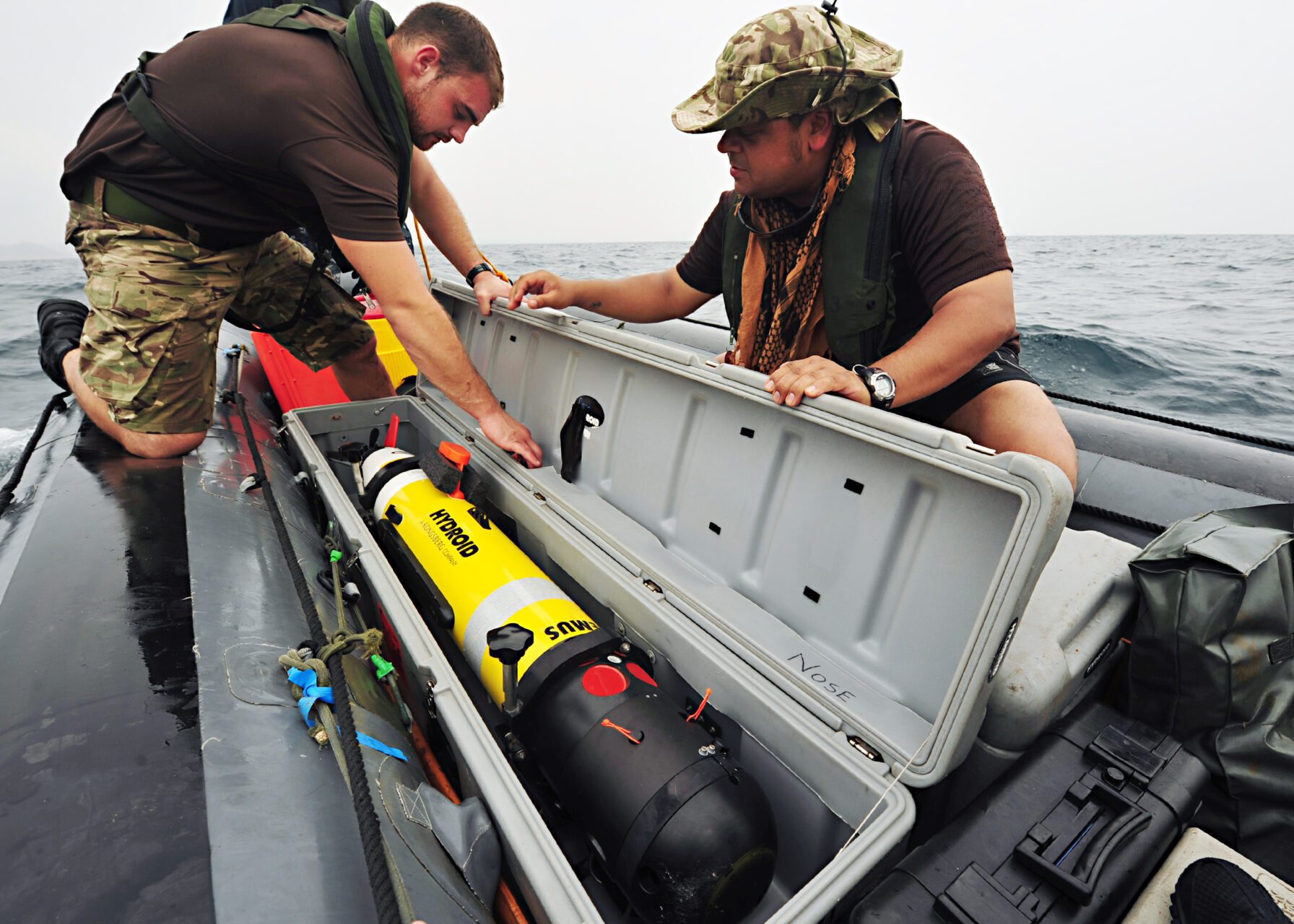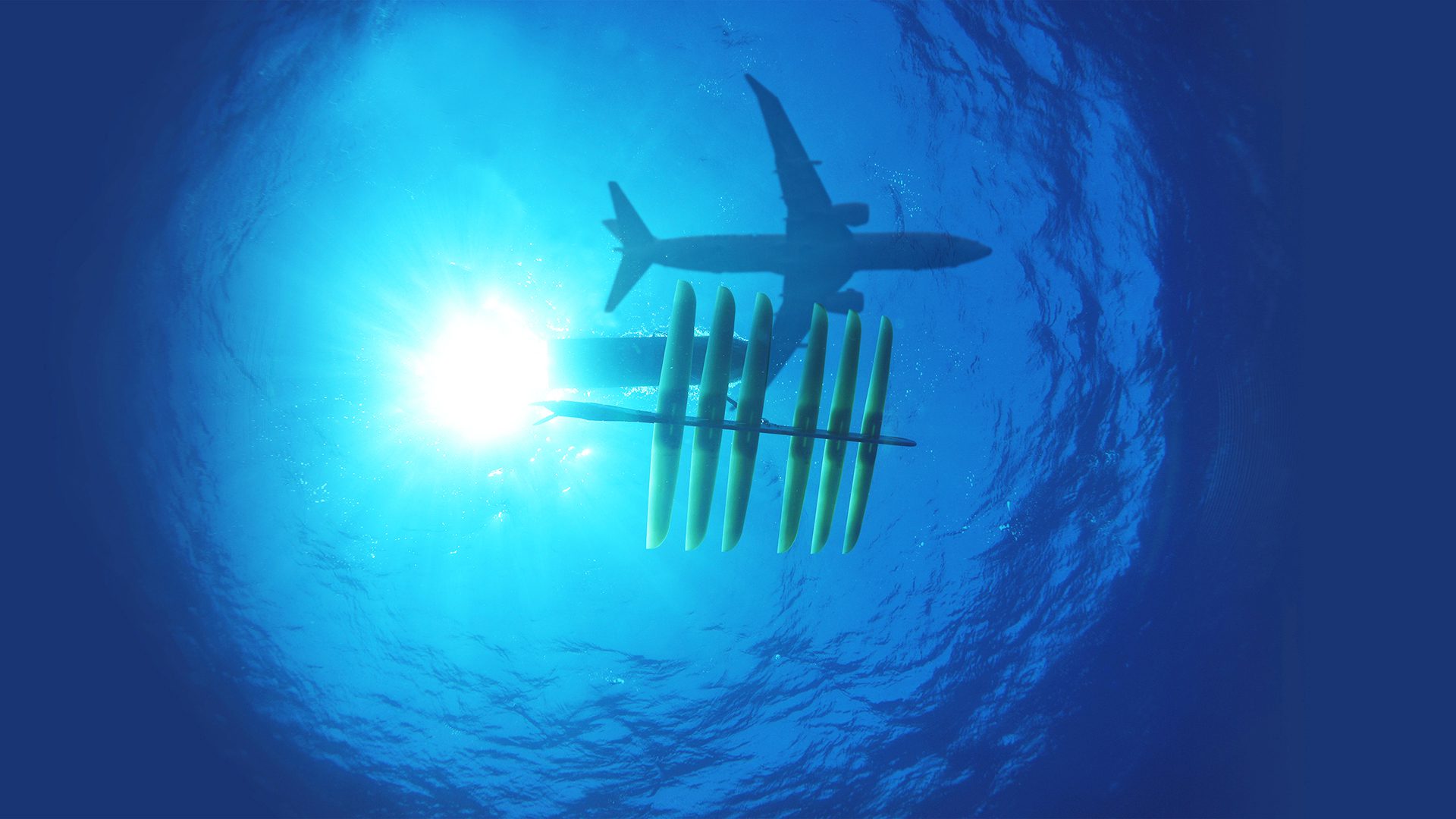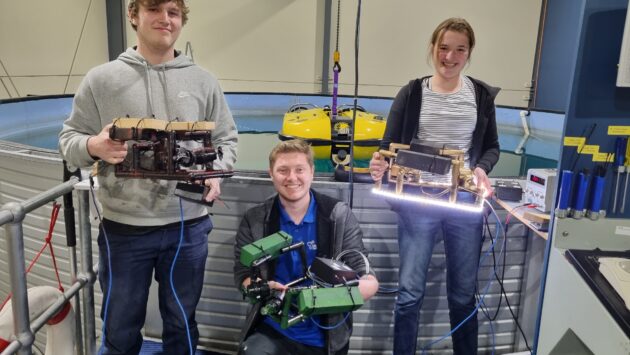Robotics for the Royal Australian Navy
Robotics for the Royal Australian Navy
In 2015 local company ATSA Defence Services joined with UVS Pty Ltd to create the BlueZone Group resulting in a capability that provides the Royal Australian Navy (RAN) with robotic systems that support the Australian Defence Force to maintain an essential technology edge. For a nation with claims over vast sea areas from Antarctica to the Torres Strait, Australia needs the force multiplier that robotics enables to ensure that as far as possible our Defence personnel are kept out of harm’s way.
Founded in 2000, as a spin-off from the $1 billion Minehunter Coastal Project, ATSA Defence Services has grown to a workforce of 20 highly skilled engineers, technicians and support staff. The Minehunter Coastal Project saw six 500-tonne GRP minehunter ships built at Carrington in Newcastle and ATSA provides maintenance, modification and upgrade of the specialised “Double Eagle” Remotely Operated Vehicles operated from these ships. As a sub-contractor to Thales Australia, ATSA has ensured that Navy has enjoyed focused and innovative support for the Double Eagle system which remains one of the leading mine disposal systems of its type in the world. The recent Defence White Paper announcement that the Minehunter Coastal Ships will be maintained in service until 2035 means that the Double Eagle system is a candidate for an upgrade that will ensure that is continues to meet the evolving mine warfare threat.
In 2015 UVS was awarded a $7 million contract for supply of survey equipment and sensors to Project SEA1770 Rapid Environmental Assessment. This project will see Deployable Geospatial Survey Teams fully equipped with the latest technology to support survey of landing zones, choke points and other areas of threat to seaborne forces. Importantly, SEA 1770 introduces the REMUS Autonomous Underwater Vehicle to the Navy inventory which will enable automated search of hazardous areas for sea mines and other threats. The REMUS vehicles are the benchmark for underwater reconnaissance and high quality service and support from UVS workshops will be key to providing Navy with a cutting-edge capability.
UVS has also been fully engaged in support of the innovative Wave Glider Autonomous Surface Vehicle that are completely powered by wave energy and provide the capability for ubiquitous, persistent ocean sensing. The Wave Glider is a game changer for ocean technology and UVS has worked closely with Navy in developing innovative applications for acoustic sensing and monitoring of trials ranges. In 2012 two Wave Glider vehicles completed the world record 9,000 nautical mile crossing of the Pacific Ocean from San Francisco to Hervey Bay in Queensland providing proof of the reliability and endurance of this new technology. BlueZone staff were on-hand to recover the vehicles at this historic occasion and now continue to provide support for Navy from workshops in Newcastle and Perth.
Robotics systems are an exciting global phenomenon with many applications in the harsh conditions of working underwater, including defence, oceanographic research and hydrographic survey. Australia’s claims over coastal seas and marine areas are some of the largest in the world and robotics systems will be part of the future for more effective and efficient management of rivers, coastal seas and deep oceans.
The support capability provided by the BlueZone Group for maintenance, engineering applications and operations of robotic systems will be key to the future robotics capability of the RAN and many other customers.
 |
| ATSA Defence Services and Thales Australia staff gather around a Double Eagle Remotely Operated vehicle on completion of their Maintenance Training. |
 |
| REMUS 100 Autonomous Underwater Vehicles are the benchmark for underwater survey, search and reconnaissance |
 |
| Wave Glider Autonomous Surface Vehicles enable seafloor to space surveillance by bridging the sea-to-air boundary with persistent communication links |




